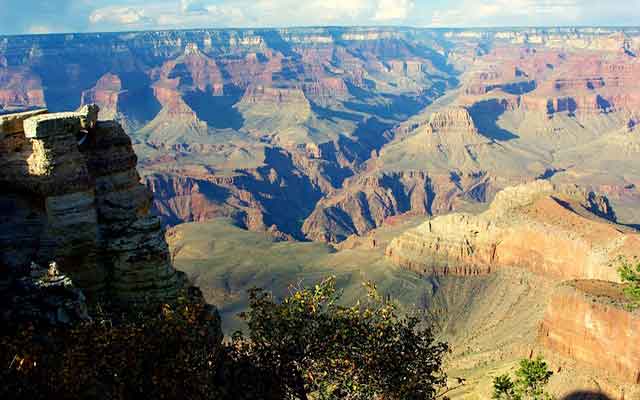The Silent Thaw: Greenland, Alaska, and Iceland's Rising Temperatures
Arctic Heat Surge: Understanding Warming in Greenland, Alaska, and Iceland
Reading time : 1 minute,
Discovery Chepe Id-761-NOT
Published in
06-19-2025

Photo: Rod Long
From remote ice sheets to rugged volcanic landscapes, the regions of Greenland, Alaska, and Iceland have become unwitting frontlines in the battle against climate change. Over the past few decades, temperatures in these areas have risen at an alarming rate, setting off a chain reaction of environmental consequences.
Since when did the temperature rise begin?
Scientists have been observing a gradual rise in Arctic temperatures since the mid-20th century, but the most dramatic changes began in the early 1990s. According to the NASA Global Climate Change portal, average Arctic temperatures have risen more than twice as fast as the global average a phenomenon known as Arctic amplification.
The temperature escalation
1- In Greenland, summer temperatures have spiked by nearly 2°C in just 20 years. Glaciers that once seemed eternal are now melting at record speed.
2- Alaska has witnessed warming of over 1.5°C since the 1970s, with entire ecosystems shifting northward to escape the heat.
3- Iceland, traditionally considered a sub-Arctic region, is no exception. Average temperatures have increased by 1.2°C since 1980, impacting both natural and human systems.

Navigating the Arctic's New Climate: Greenland, Alaska, and Iceland
Photo: Zetong Li
Melting ice: a ticking clock
The most visible and urgent impact of this warming is the melting of ice. In Greenland, the vast ice sheet has been losing around 270 billion tons of ice per year. Satellite imagery from the NASA Earth Observatory shows that the melting season is starting earlier and ending later each year.
Consequences of the thaw
a) Rising sea levels: The melting of Greenland's ice sheet is one of the main contributors to global sea level rise, putting coastal cities at risk around the world.
b) Disruption of ecosystems: Animals like polar bears, seals, and arctic foxes are facing habitat loss. In Alaska, salmon populations are declining due to warmer river temperatures.
c) Infrastructure at risk: In Alaska and Iceland, permafrost thaw is damaging roads, pipelines, and buildings forcing communities to relocate or rebuild.

Photo: Josh Reid
A human dimension
Beyond the physical changes, there is a deeply human side to this crisis. Indigenous communities in Alaska are seeing their traditional ways of life threatened. Hunters report thinner ice and unpredictable weather, making it harder to survive off the land. In Greenland, residents are witnessing their ancestral glaciers retreat.
What can be done?
While global action is essential, local and regional measures are also crucial. Iceland is investing in renewable energy and carbon sequestration technologies such as CarbFix, a method of turning CO into rock. Alaska is improving its infrastructure to adapt to permafrost thaw. Greenland has partnered with international scientists to monitor glacial changes and advise policy.
Final thoughts
The Arctic may feel far away, but what happens there affects us all. As ice melts and temperatures rise, the climate feedback loops intensify. What melts in Greenland doesn't stay in Greenland. The world must listen to the Arctic's warning and act before it is too late.
For more in-depth information, you can visit the IPCC official site and the Arctic Program of NOAA, which provide updated scientific assessments.
Most read...







